Back in 1985, MotorWeek embarked on an endeavor to determine the best muscle car of the year. Known for its consistent format and reliable car reviews, MotorWeek’s attempt to add a unique twist to this particular comparison took an unexpected turn. Let’s delve into this intriguing journey down memory lane and explore how the series went beyond its usual boundaries.
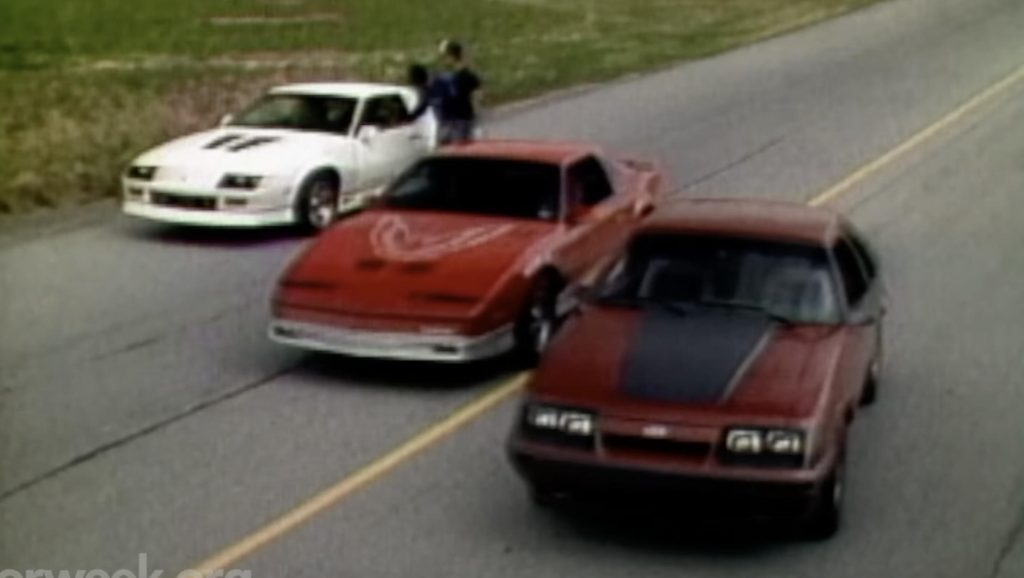
MotorWeek, a television series dedicated to providing car enthusiasts with comprehensive reviews and insights, has maintained its original format for over 40 years. Hosted by John Davis, the show follows a simple formula: a brief introduction, followed by an in-depth examination of the featured car while it cruises through the scenic landscapes of Maryland. However, in 1985, MotorWeek decided to deviate from its conventional style and introduced a surprising element to their muscle car comparison.
The 1985 muscle car comparison
In 1985, MotorWeek set out to determine which muscle car reigned supreme among the Mustang GT, Firebird Trans-Am, and Camaro IROC-Z. The comparison, as expected, featured an intriguing twist that left a lasting impression. The three iconic cars converged at a Dairy Queen, where a skit unfolded before delving into the technical aspects of each vehicle.
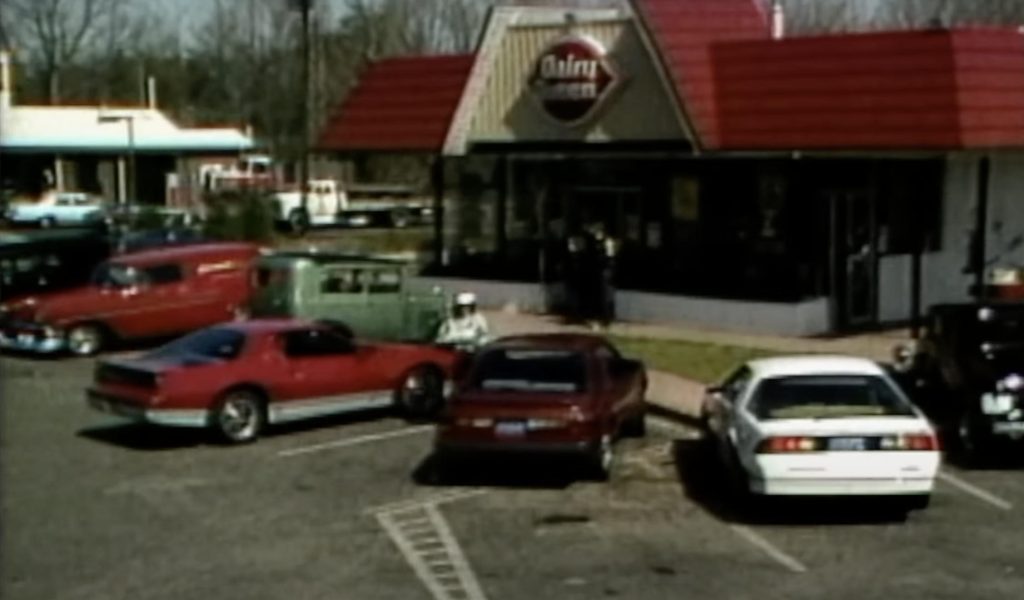
The skit itself offered a delightful glimpse into the mindset of Maryland’s public access automotive journalists at the time. It revealed their perception of the enduring relationship between Americans and muscle cars. As the skit unfolded, viewers were treated to the Trans-Am driver proudly sporting a hat from an IMSA race in Miami. The Mustang driver, on the other hand, boasted about the colossal power of his “High output” 190 horsepower V-8 engine. The camaraderie between the drivers, fueled by friendly banter, reached its peak when the Mustang owner humorously described his anti-sway bars as being “the size of sewer pipes.” It was an entertaining exchange that encapsulated the essence of a classic muscle car debate.
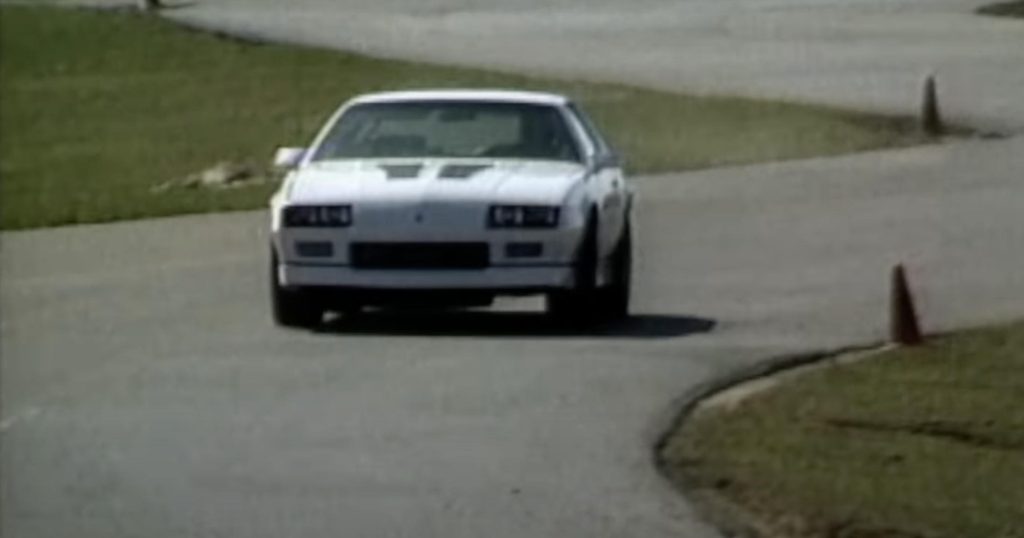
Specs and features of the cars
While the skit introduced a sense of camaraderie, the ultimate goal was to evaluate the performance and capabilities of the three muscle cars. The comparison encompassed various aspects, including horsepower, quarter-mile elapsed time, and top speed.

The Mustang GT emerged as the winner in straight-line testing, recording an impressive quarter-mile elapsed time of 14.3 seconds and a top speed of 127 mph. To put this into perspective, the current Mustang GT achieves a quarter-mile time of 11.83 seconds.
Road course testing at Pocono Raceway
MotorWeek didn’t stop at straight-line performance; they also evaluated the cars’ agility and handling on the road course at Pocono Raceway. In this aspect, both the Camaro and the Trans-Am showcased their prowess, outpacing the Mustang. John Davis concluded that the Mustang was the fastest among the three on straight-line tracks, while the Camaro exhibited the highest level of sophistication in terms of handling. The Trans-Am, however, struck a balance between speed and refinement, positioning itself as a compelling compromise between the other two contenders.
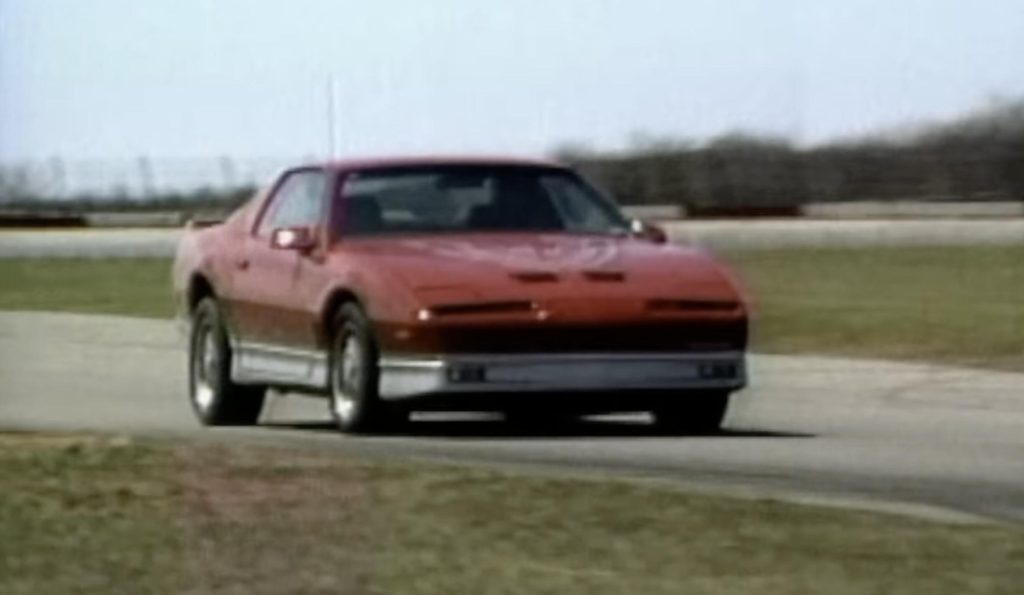
Conclusion
MotorWeek’s quest to find the best muscle car of 1985 took an unexpected turn with its skit-filled comparison. This departure from the show’s traditional format offered viewers a unique window into the mindset and culture surrounding muscle cars in that era. The banter, camaraderie, and exaggerated claims showcased the passion and excitement associated with these iconic vehicles.
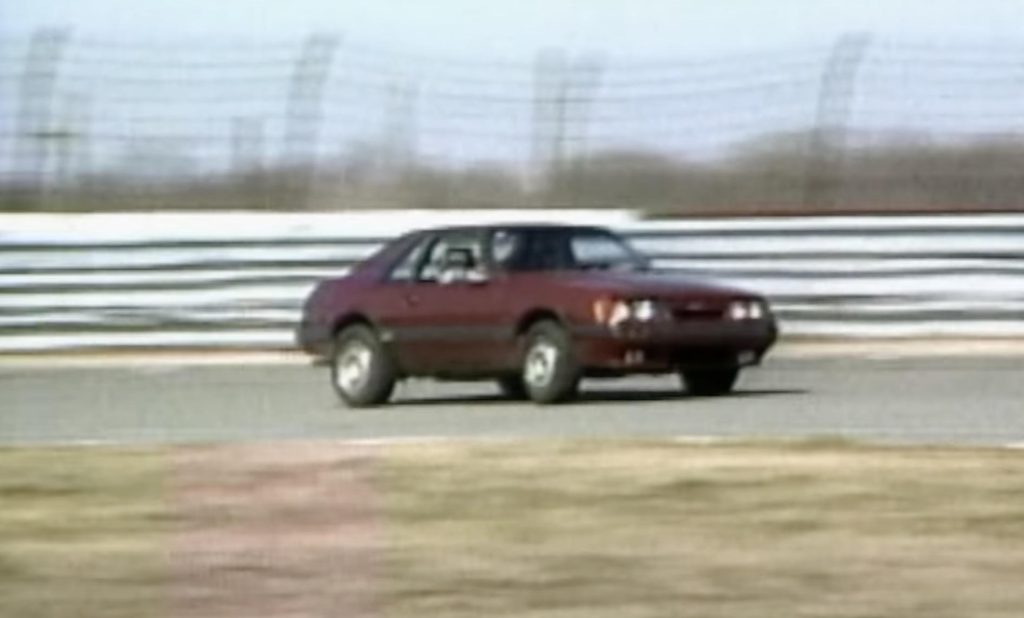
While the Mustang GT emerged as the winner in terms of straight-line performance, the Camaro and Trans-Am proved their mettle on the road course, highlighting their individual strengths. MotorWeek’s 1985 muscle car comparison not only provided valuable insights into the performance and characteristics of these vehicles but also encapsulated the ongoing and timeless debate surrounding muscle cars.
Despite the foray into sketch comedy, MotorWeek’s format has remained consistent throughout the years, ensuring that viewers receive reliable and informative reviews. While the skit experiment may not have become a regular feature, it serves as a memorable and entertaining testament to the series’ evolution.
FAQs
Q: Did MotorWeek continue to include skits in their future car comparisons? A: No, the skit-filled comparison in 1985 was a unique deviation from MotorWeek’s traditional format. The series has since returned to its consistent and reliable review style.
Q: Were there any other memorable comparisons in MotorWeek’s history? A: Yes, MotorWeek has conducted numerous memorable comparisons throughout its 40-year run. Some notable examples include the iconic battles between classic muscle cars, sports cars, and even modern electric vehicles.
Q: How has the muscle car market evolved since 1985? A: The muscle car market has undergone significant changes over the years. Advances in technology have led to more powerful engines, improved handling capabilities, and enhanced safety features in modern muscle cars. Additionally, environmental concerns have influenced the development of hybrid and electric muscle cars.
Q: Is MotorWeek still on air today? A: Yes, MotorWeek is still on air and continues to provide car enthusiasts with reliable reviews, road tests, and industry news. The series has become a trusted source of information for automotive enthusiasts.
Q: Where can I watch the 1985 muscle car comparison by MotorWeek? A: You can find archives of MotorWeek’s episodes, including the 1985 muscle car comparison, on their official website or various online platforms dedicated to automotive content.